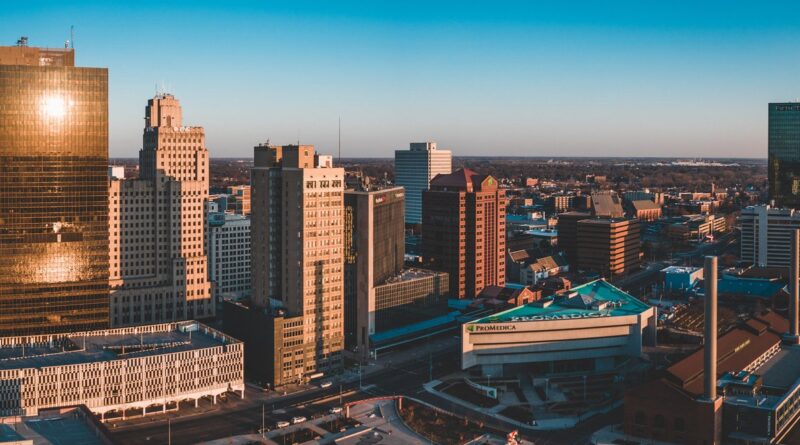History Of Toledo Ohio
Toledo, Ohio, is a city with a rich and diverse history, shaped by its location on the Great Lakes and its role in the industrial development of the United States.
The area that is now Toledo was originally inhabited by Native American tribes, including the Ottawa and the Wyandot. European settlement in the area began in the late 1700s, and the city was officially founded in 1833.
During the 1800s, Toledo experienced rapid growth as a result of its location on Lake Erie, which made it an important transportation hub for goods moving between the Midwest and the East Coast. The city also developed a significant manufacturing sector, producing a range of products including glass, machinery, and transportation equipment.
In the early 20th century, Toledo became known as the “Glass City” due to its thriving glass manufacturing industry. The city was also a major center of auto production, with companies such as Willys-Overland and Jeep both having roots in Toledo.
During World War II, Toledo played a significant role in the war effort, with the city’s manufacturing facilities producing a range of military equipment and supplies. After the war, the city’s economy shifted towards a more diverse mix of industries, including manufacturing, health care, and higher education.
In recent decades, Toledo has faced significant economic challenges, including the decline of heavy industry and the loss of many manufacturing jobs. However, the city has also seen new investment and growth in areas such as alternative energy, health care, and biotechnology.
Today, Toledo is a city with a rich history, diverse culture, and strong sense of community. Its location on the Great Lakes and its role in the industrial development of the United States make it an important part of American history and a unique and vibrant place to live.
Discover more from City Towner
Subscribe to get the latest posts sent to your email.




